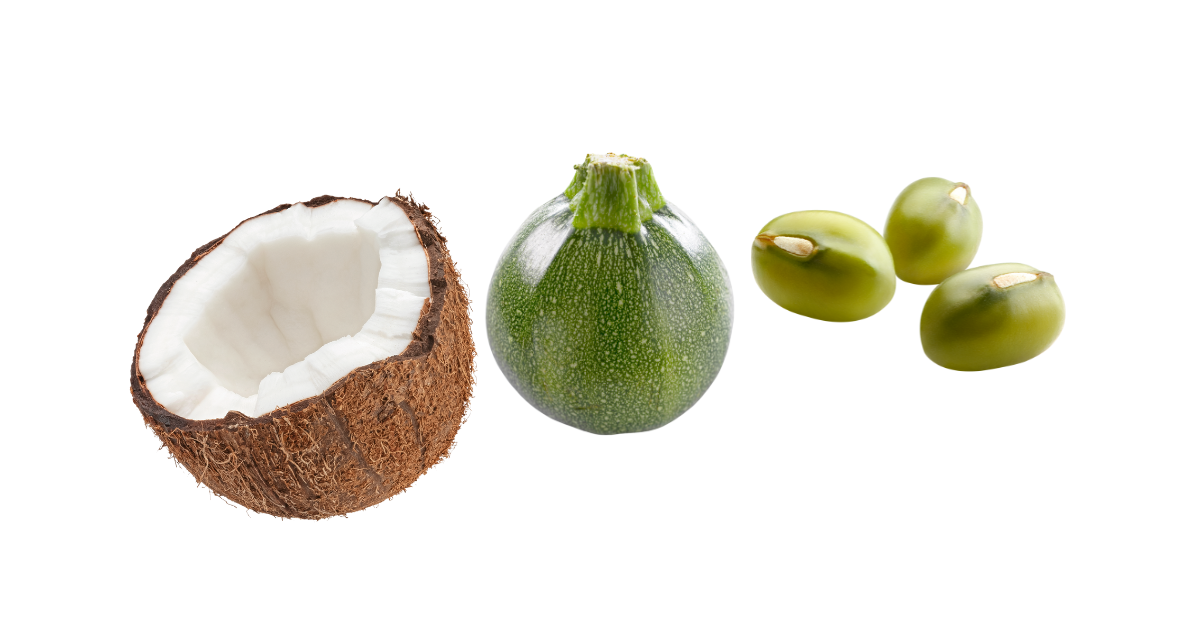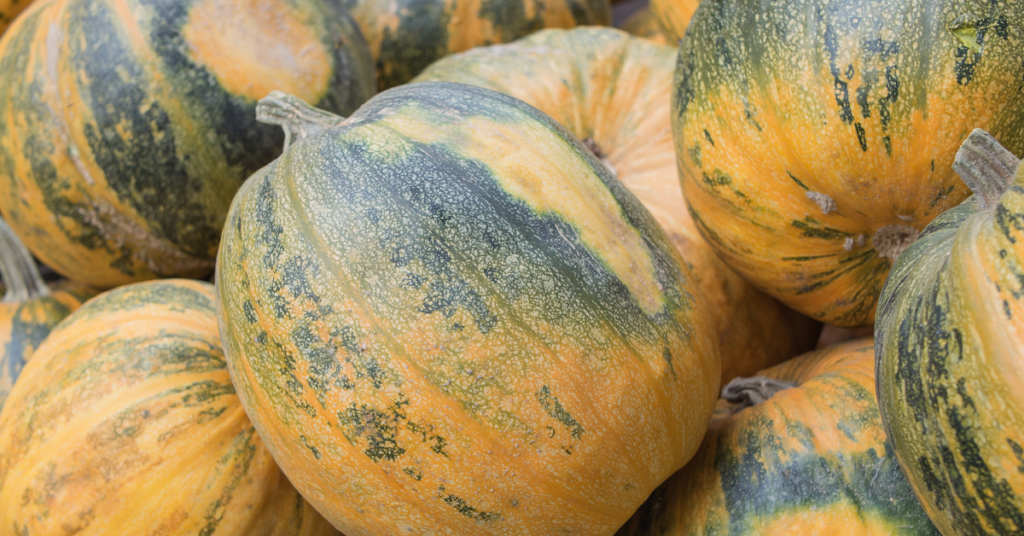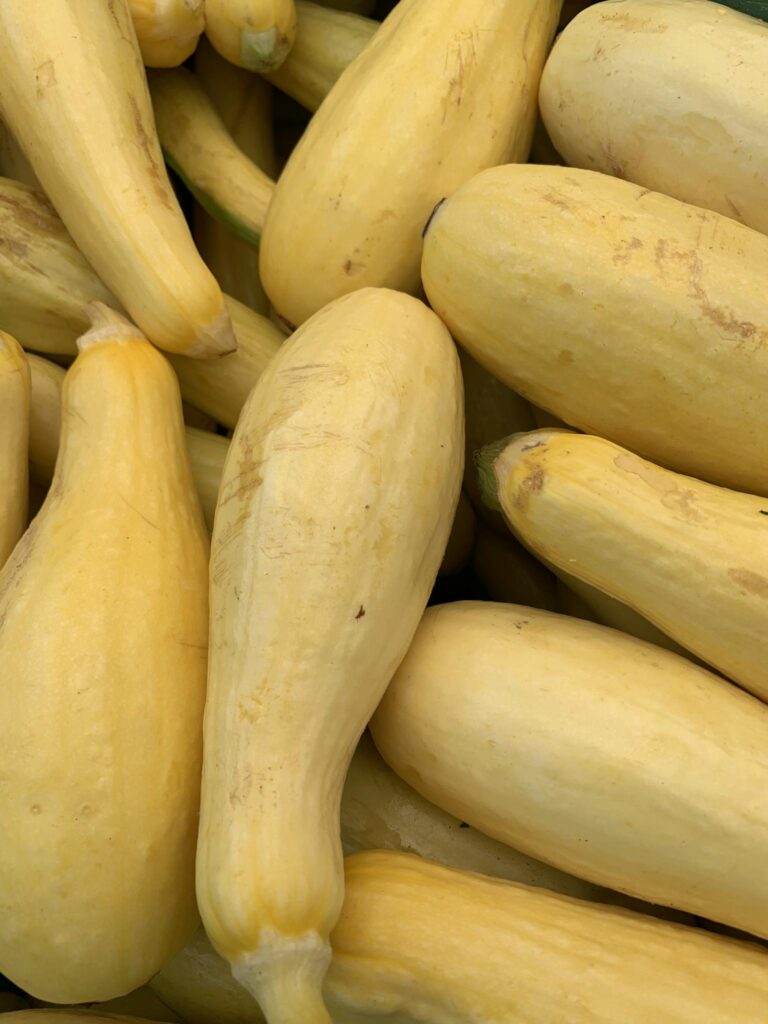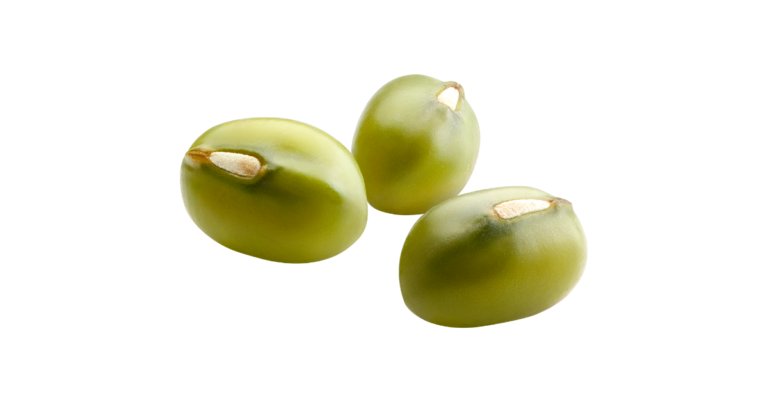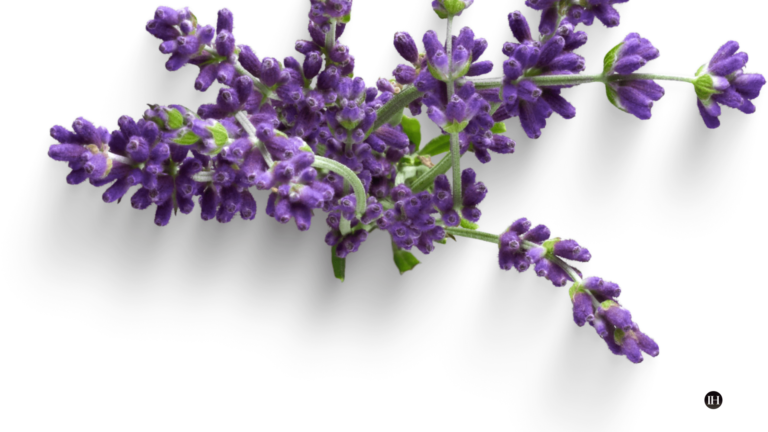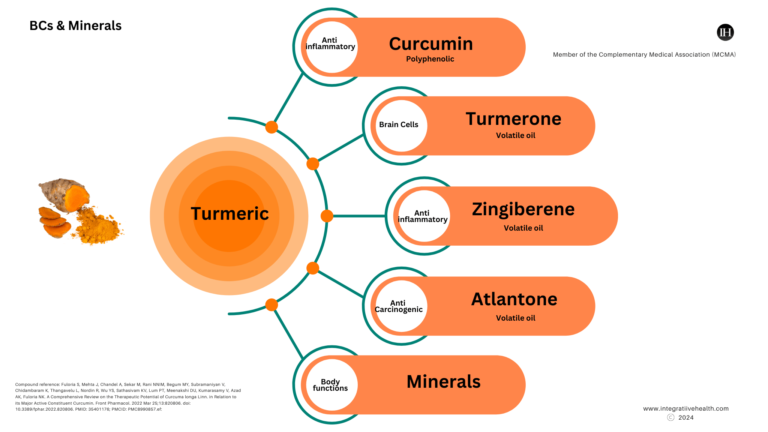Ayurvedic Diet: The Value & Results For Better Health
The Ayurvedic diet is a set of dietary principles that work to balance an individual’s bioelements called – Doshas. There are three doshas in Ayurveda, vata, pitta and kapha.
A primary goal of Ayurvedic dietetics is to work to restore balance and function in the body, mind, and energy levels through diet assessment and adjustment as well as physical therapies.
Ayurveda also states that a key principle in bio-work aiming to restore balance is different for everyone due to the inherent genetic variations between individuals.
Key Points In This Article
- This article provides an overview of the Ayurvedic diet and its principles,
- Secondly, why is it valuable in personalised dietary programmes,
- And, some examples of any results based on available scientific case studies.
Understanding Ayurvedic Diet Overview
A fundamental clinical approach in the Ayurvedic diet primarily consists of personalized plant-based food sources based on individual genetic disposition.
Furthermore, it also applies several other principles entialing properties present in foods, such as:
- Nutritional value
- Medicinal qualities
- Therapeutic effects
- Energetic quality
- Individual genetics
- Environmental factors
Combined, these form some of the basis of its dietary diagnostics and subsequent dietary prescription.

Ayurvedic Diet Today
Ayurveda is an ancient Indian science that dates back to around 2nd century BC. Today, the Ayurvedic diet has gained increasing attention due to its potential to promote better health.
At its core it is a vast and complex science whose foundation lies in using preventive methods to promote health and longevity through scientific means, such as the fundamental role of diet and the medicinal effects of natural foods, including food matrices and molecular gastronomy.
Ayurvedic Pharmacopoeia & WHO
The Ayurvedic pharmacopeia is widely recognized by the World Health Organization (WHO).
Moreover it is influential in modern fields of science, such as pharmacology, alternative medicine, and integrative medicine. Ayurvedic principles are also associated with other fields, including nutrition, psychology, and physical therapy.
The ancient scientific records of Ayurveda continues to be a valuable resource for a number of health concerns and for upkeep of general well-being in the modern era.
Once such example is the field of nutrigenomics.
Nutrigenomics
Nutrigenomics, as the name suggests, is the science that studies the relationship between genes, nutrition, and health. This line of study bear similarities with Ayurvedic dietary science.
There is currently a systematic integration of nutritional practices based on Ayurveda principles, specifically in relation to an individual’s Prakriti (nature).
Ayurnutrigenomics
This integration involves combining information from genomics, proteomics, and metabolomics to create a personalized nutrigenomic dietetics approach.
The goal of this approach is to provide a solid evidence-based scientific foundation for the advancement of personalized nutrition, as outlined in Banerjee, Debnath, and Debnath’s (2015) article on Ayurnutrigenomics.
Applicability & Relevance of Ayurvedic Diets
In recent years, the acceptance of several (medicinal) food sources commonly used in Ayurvedic programmes has increased globally due to growing evidence enabled by cross-scientific collaboration.
For instance, Turmeric (Curcuma longa) is a subject of over 2300 scientific research papers. As of July 21, 2020, these publications are available on PubMed (Anantha Narayana & Durg, 2021).
Turmeric has a high value anti-inflammatory and antioxidative phytotherapeutic profile. It is useful in a number of health status as well as for general diet but the method of use, amount and duration are vital to its effectiveness.
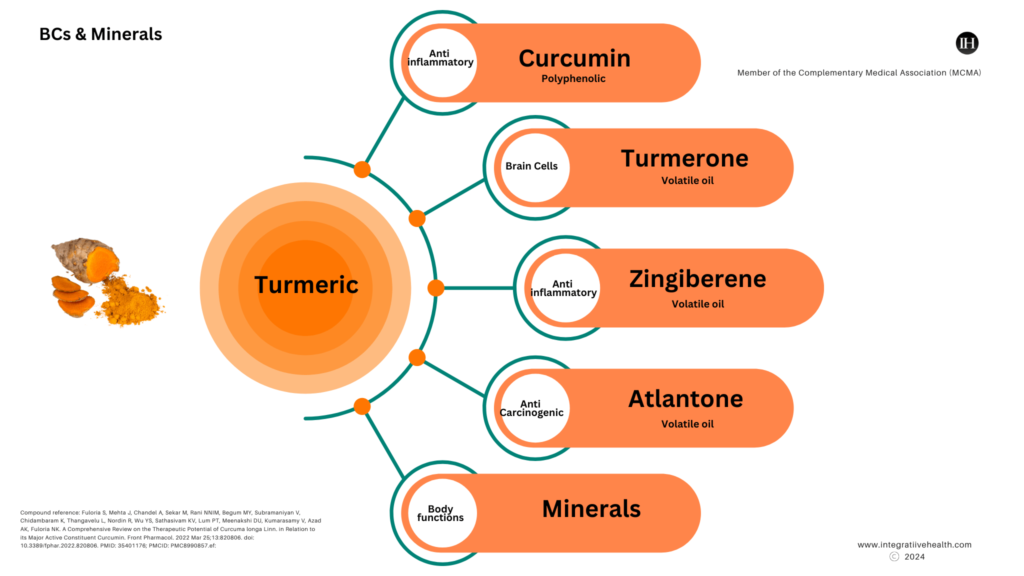
1. Ayurvedic Diet Principles
The following section explains some key points central to the Ayurvedic diet.
Clinical Principles Of Ayurvedic Diet
According to (Banerjee et al., 2015), Ayurveda states various clinical principles to guide individuals on preventive and personalised treatments.
These principles, in essence diagnostic tools, help determine a person’s appropriate food, medicine, or lifestyle.
Informational (Audible) Video
Herbal Tisane – phytotherapeutic teas
Here are some of the main clinical principles:
- Specific dietary programme for an individual’s constitution or Prakriti.
- Dosha-Dushya (disease state and localization)
- Satmya (habituation factor)
- Specific dietary programmes from different seasons according to an individual’s age.
- The principles of the diet consider the nutritional value of food and how we eat.
- The nature of the food, Agnibala (enzymatic activity of digestive metabolism).
- Cooking process, blending, the time of year and the surroundings and settings.
- Ayurveda describes Ahara as specific food/dietary schedules for different times of the day.
Food includes, liquids such as water, herbal tisane etc.

Key Components Of An Ayurvedic Diet
Firstly, the Ayurvedic diet involves whole, fresh, often organic and locally sourced foods inline with individual doshas.
Some of the other major components of Ayurvedic diet are as follows:
I. Dosha
According to Ayurveda, three energies, known as doshas, govern the human body’s functions.
These doshas are Vata, Pitta, and Kapha. The Ayurvedic diet suggests that individuals should consume foods that work to nourish and optimise doshas. In return promoting vitality, longevity and proper body function.
It also recognises the bioenergetic actions present in food pre and post digestion. Ie; how specific foods make you feel once digested.
II. Six Tastes
Furthermore, the dietary programme includes all six tastes. Albeit to varying degrees and in accordance with the dominant dosha.
Each taste characteristics corresponds to a dosha quality. For instance, Vata associates with saltiness and astringent tastes.

III. Thermogenic & Cooling Food Properties
An Ayurvedic diet also applies the thermogenic or cold properties of a food source, which has a direct impact on an individual’s metabolism and digestion.
Furthermore, it has been found that these properties can either stimulate or deplete the nervous system, help in weight management depending on the dosha of the individual.
IV. Method
Mindful eating and avoiding processed foods, extended life shelf food, refined sugars, and excess caffeine are also key factors of the diet.
Other important areas involve, cooking methods, utensils to preserve food alkalinity, eating times, dry or wet bioactive compounds, age of cooked food, quantity, dose etc.

The next section looks at the three doshas and six tastes of the Ayurvedic diet in more detail.
I. Doshas (Bioelement)
Vata, Pitta, and Kapha are the three primary doshas or biological energies that govern various functions in the body. Ayurvedic diagnostics involves, identification of primary and secondary dosha in an individual.
Dosha Principle: The diet addresses homeostasis through the scientific application of nutrition and therapeutic attributes from natural sources. It combines components according to an individuals doshas once identified.
- Organic Moringa: Balances Kapha, Vata, (Digested characteristic – Hot)
- Organic Terminalia Arjuna Bark: Phytotherapeutic, Cardio protective, balances Vata, Pitta, Kapha
- A Brain Tonic, Organic Pumpkin Seed: Pitta, Vata & Roasted Kapha friendly protein source
- Organic Lady Godiva Pumpkin (oilseed): Cooked Pitta, Vata & Kapha friendly diet
- Organic Yellow Courgette: Cooked Vata & Pitta Friendly
- Sweet Organic Pear: Vata, Pitta, Kapha balancing:
“Amrita Phal”, “Gifts of the Gods” (Homer)
Food & Dosha Example
For example, courgette is a dietary component recommended to balance pitta, for its rich nutritive value ie; magnesium, vitamin C, vitamin A and phytotherapeutic effect such as anti-inflammatory, anti-oxidative, anti-carcinogenic, neuro-protective properties etc.
Key Points For Dosha Diet
- Vata individuals are encouraged to eat warm, nourishing foods that help calm their restless minds and ease anxiety.
- Pitta individuals benefit from cooling and hydrating foods that reduce inflammation and acidity.
- Kapha individuals are advised to eat light, spicy foods that stimulate their sluggish metabolism and promote digestion.
II. The Six Tastes
Here are the six Ayurvedic taste categories:
- Sweet (madhura)
- Sour (amla)
- Salty (lavana)
- Bitter (tikta)
- Pungent (katu)
- Astringent (kashaya)
A dietary programme would contain foods that include all six tastes in accordance to the individuals dominant dosha. The taste qualities correspond to a food source, such as coconut which has a natural sweetness.
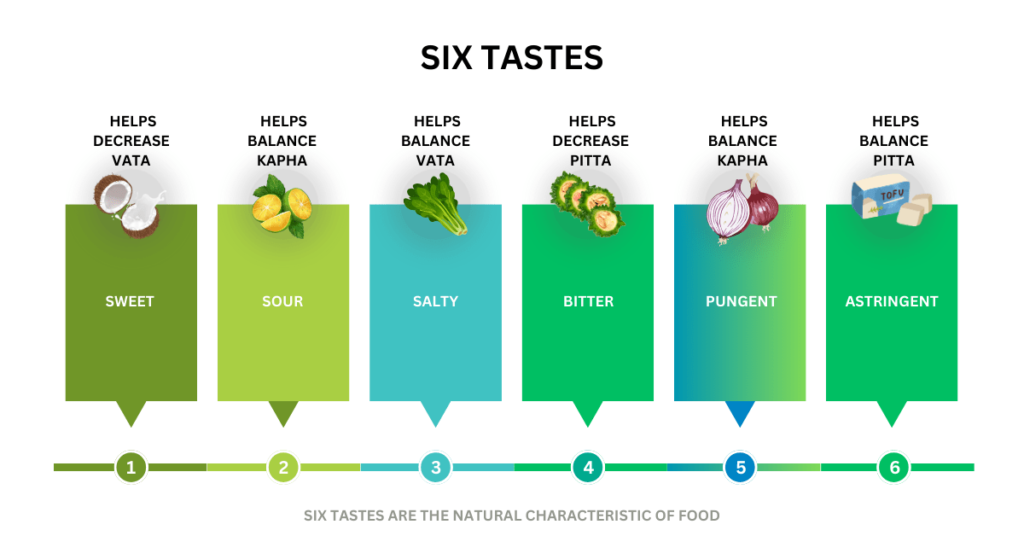
Taste, Taste Buds, Enzymes & Doshas
Each taste is associated with a specific type of receptor on the tongue that detects the taste and sends a signal to the brain, which then interprets the taste.
- Tongue enzymes breakdown and process different tastes.
- For instance, when we eat something salty, the enzymes on our tongue help to regulate the salt levels in our body by signaling our kidneys to excrete excess salt. This is a type of bio-behavioral interaction of elements and the body function.
Gastric Behaviour & Taste
Different tastes can have an effect on our gastric conditions.
For example, bitter foods can help to stimulate the production of digestive juices and enzymes, while naturally sweet foods can have a soothing effect on the digestive system.
A case study by Rezaie et al. (2021) explores bitter taste and GI association.
The study investigated whether preclinical findings on the effects of bitter substances on GI function and energy intake translate to outcomes in humans.
Bitter Taste: Case Study
According to Rezaie et al. (2021) published in Nutrients, bitter substances can have positive effects on gastrointestinal (GI) function, energy intake, and glycemia.
Findings
- The study found that bitter substances may stimulate the secretion of gastric juices, which may aid digestion and GI function.
- Additionally, bitter substances can reduce energy intake and improve glycemia, making it a potential therapeutic intervention for obesity and diabetes.
This study provides valuable evidence to help in understanding some of the principles behind Ayurveda.
For instance, Ayurvedic use of bitter foods such as bitter gourd is a component prescribed for individuals who require low GI food sources.

III. Thermogenic & Cooling Properties Of Food
To demonstrate and help a basic understanding, a case study in relation to this principle is detailed below.
Hot & Cold Theory
Some evidence supports the traditional ‘hot’ and ‘cold’ classifications.
According to the hot and cold theory discussed in the study by Ormsby SM, certain foods are considered “hot” and may affect digestion differently than “cold” foods.
Ormsby is referring to both temperature and the digestive quality of food.
The hot and cold theory suggests that foods can be classified as either hot or cold based on their perceived effects on the body, which includes factors such as temperature, taste, and digestive properties.
The study explored how the hot and cold properties of foods can affect various physiological processes in the body, including digestion, metabolism, and inflammation.
According to the study the following insights were identified:
Foods That Promote Heat On Digestion
Heating foods, known as thermogenic property of foods, were associated with metabolism and sympathetic nervous system enhancement via increased proportions of caffeine, carbohydrate, protein, fat, and calories; as well as greater oxidation potential; vasodilatory and pro-inflammatory effects; and higher acidity and aromatic compound content.
Foods That Have A Cooling or Heat Balancing Effect
‘Cooling’ foods were contrastly found to be higher in water, fiber, alkalinity, and aliphatic compounds; as well as associated with anti-inflammatory, and detoxification (elimination) processes.
In accordance with Ayurvedic principles, hot and cold foods are prescribed based on an individual’s dosha.
For example, individuals with an excessive Pitta dosha would benefit from consuming cooling and calming foods, rather than heating foods that would add fire to fire.
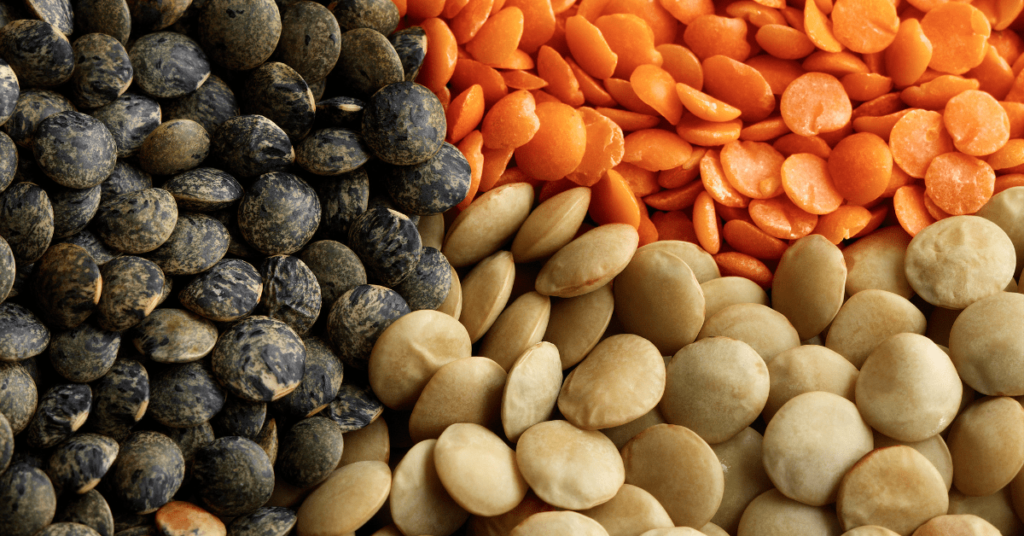
IV. Implementation & Evaluation
In relation to evaluation, once a diagnostic is carried out by a professional, the Ayurvedic dietary programme is formulated. This is subject to a number of secondary factors which include; programme length, methods, adherence to timeframe and a number of other factors.
Results are often assessed after a specific period of time, which can be in the form of biofeedback through tests, changes in physical appearance, and individual feedback, among others.
Adaptations may also be made to ensure the best possible outcomes.

2. Value Of Ayurvedic Diet
The Ayurvedic diet as discussed in the former sections may be a valuable dietary programme for individuals seeking to improve their general well-being or working with a health status.
Adherence & personal commitment are important factors to achieve productive outcomes.
Here are some pros and limitations of the Ayurvedic diet:
Pros
An Ayurvedic diet can help in digestive health, support weight loss, boost immunity, reduce inflammation, and improve hormones. Natural foods also entail lesser side effects comparatively to synthetic or chemical food sources over the long term.
Limitations
In contrary, some of the limitations of Ayurvedic diet are, individual variations, time sensitive, requires personal commitment, access to expertise etc.
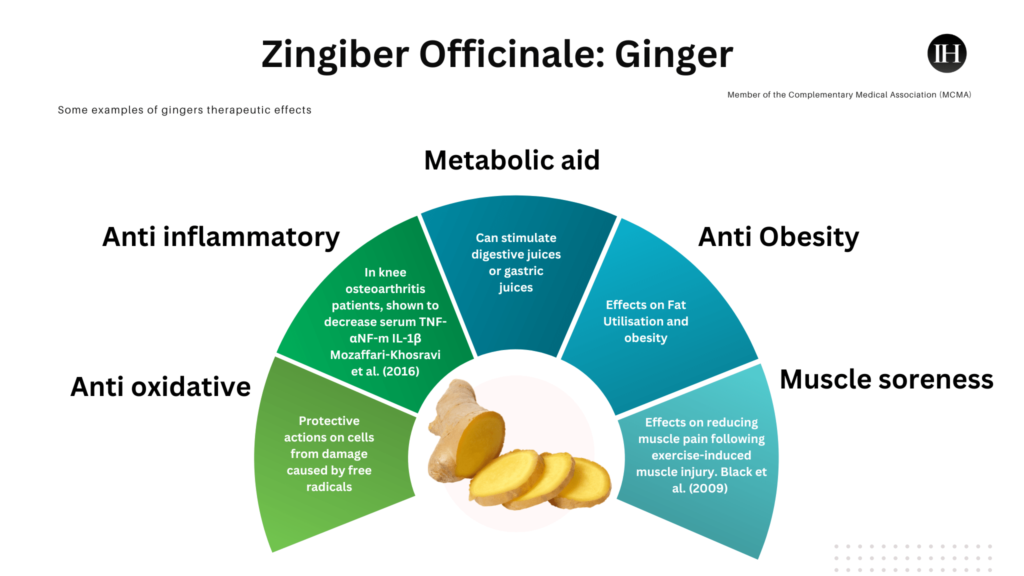
3. Effectiveness Of An Ayurvedic Diet
The next section details three relevant case studies that may help understand the diet’s principles and effectiveness.
Case Study: Diet & Therapeutic Interventions
Sharma et al. conducted a study in 2019 to assess the effectiveness of Ayurvedic interventions and lifestyle modifications for pre-diabetic and type 2 diabetes patients.
- The study involved 300 participants and was conducted for 6 months. This included, dietary, therapeutic and lifestyle interventions.
- The results showed that Ayurvedic intervention combined with lifestyle modifications was more effective in improving fasting blood sugar levels, HbA1c levels, lipid profile, and BMI compared to participants who only received lifestyle modifications.
The complete study can be found on this link.

Case Study: Lipid Metabolism
This section explores a case study, “Safety and efficacy evaluation of Ayurvedic treatment (Arjuna powder and Arogyavardhini Vati) in dyslipidemia patients.”
The study used Arogyavardhini Vati and Arjuna powder, both classical dietary phytotherapeutics. These dietary therapeutics are used in cardiovascular disorders. Furthermore, they were evaluated for safety and efficacy in treating dyslipidemia patients.
- The study involved 96 dyslipidemia patients, of which 87 completed the study.
- Individuals took Arjuna powder (5 g, twice daily for the first 3 weeks) and Arogyavardhini Vati (500 mg, twice daily for the next 4 weeks).
Insights
- Consequently, treatment significantly reduced total cholesterol, low-density lipoprotein, triglycerides, C-reactive protein, and blood glucose levels.
- The study reported an increase in high-density lipoprotein with no safety concerns in dyslipidemia patients.
- Safety assessments included hepatic function (aminotransferase (ALT), aspartate transaminase (AST), alkaline phosphatase (ALP), bilirubin, and β(2) microglobulin), renal function (urea and creatinine and NGAL) tests, and urine mercury level.
The complete study can be read on this link.
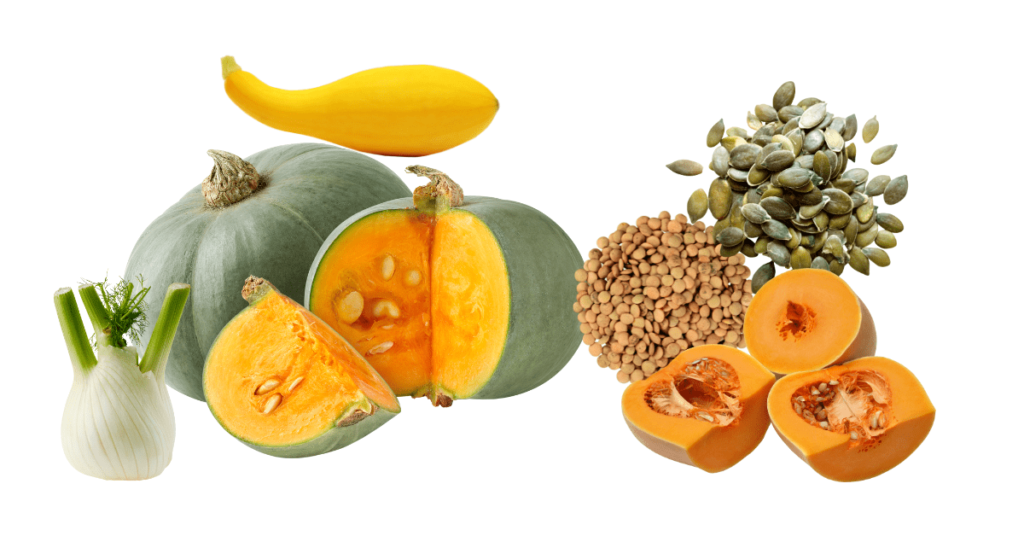
4. Practical Tips On Ayurvedic Diet
To begin with, for a healthy individual, here are some simple Ayurvedic tips that can be incorporated into a healthy individual’s dietary plan:
- Eat in accordance with your body type.
- Solid foods between sunrise to sunset.
- Select natural and organic source foods.
- Avoid overcooking foods.
- Add seasonal foods to your diet.
Summary
- The article provides an overview of the Ayurvedic diet and its principles, highlighting its value in personalized dietary programs.
- The clinical principles of the Ayurvedic diet, such as dosha, tastes, and consumption methods, are important in developing a prescribed plan.
- Scientifically, the Ayurvedic tastes associate with taste buds, enzymes, and gastric juices, and researchers have found that bitter foods, in particular, may affect gastrointestinal behavior and may have a positive impact on obesity.
- Case studies suggest that a tailored Ayurvedic plan may benefit an individual’s overall well-being. Additionally, incorporating beginner principles such as organic sources, cooking methods, and time of eating can be easily incorporated.
Precautions & Suitability
Precautions and personal responsibility are crucial. Check the suitability of any diet or therapeutic for any person, pregnant, with allergy, individual health status. Seek the advice of a professional.
This is an informational post only and does not constitute professional advice.
Frequently Asked Questions
This depends on the purpose of the diet, seek the advice of a professional.
For purity, organic certifications, to some extent, guarantee free from chemicals. This may also affect the end product efficiency. Therefore, natural organic source can be a better choice.
A tailored Ayurvedic diet is mainly vegetarian or vegan, but animal sources may be recommended.
References & online sources
- Banerjee, S., Debnath, P., & Debnath, P. K. (2015). Ayurnutrigenomics: Ayurveda-inspired personalized nutrition from inception to evidence. Journal of Traditional and Complementary Medicine, 5(4), 228-233.
- Jaiswal, Y. S., & Williams, L. L. (2017). A glimpse of Ayurveda – The forgotten history and principles of Indian traditional medicine. Journal of Traditional and Complementary Medicine, 7(1), 50-53. https://doi.org/10.1016/j.jtcme.2016.02.002https://doi.org/10.1016/j.jtcme.2014.12.009
- Anantha Narayana, D. B., & Durg, S. (2021). Ayurveda: (W)here is the evidence. Journal of Ayurveda and Integrative Medicine, 12(2), 408-411. https://doi.org/10.1016/j.jaim.2020.07.001
- Chauhan, A., Semwal, D. K., Semwal, R. B., Joshi, S. K., Adhana, R. K., & Goswami, M. S. (2022). Modulation of gut microbiota with Ayurveda diet and lifestyle: A review on its possible way to treat type 2 diabetes. Ayu, 43(2), 35-44. https://doi.org/10.4103/ayu.AYU_7_20
- Kumar G, Srivastava A, Sharma SK, Gupta YK. Safety and efficacy evaluation of Ayurvedic treatment (Arjuna powder and Arogyavardhini Vati) in dyslipidemia patients: A pilot prospective cohort clinical study. Ayu. 2012 Apr;33(2):197-201. doi: 10.4103/0974-8520.105238. PMID: 23559790; PMCID: PMC3611635.
- Sarnelli, G., Annunziata, G., Magno, S., Oriolo, C., Savastano, S., & Colao, A. (2019). Taste and the Gastrointestinal tract: From physiology to potential therapeutic target for obesity. International Journal of Obesity Supplements, 9(1), 1-9. https://doi.org/10.1038/s41367-019-0012-6
- Rezaie, P., Bitarafan, V., Horowitz, M., & Feinle-Bisset, C. (2021). Effects of Bitter Substances on GI Function, Energy Intake and Glycaemia-Do Preclinical Findings Translate to Outcomes in Humans? Nutrients, 13(4). https://doi.org/10.3390/nu13041317
- Ormsby SM. Hot and Cold Theory: Evidence in Nutrition. Adv Exp Med Biol. 2021;1343:87-107. doi: 10.1007/978-3-030-80983-6_6. PMID: 35015278.
You may find this resource helpful
Thermogenic Foods & Weight

